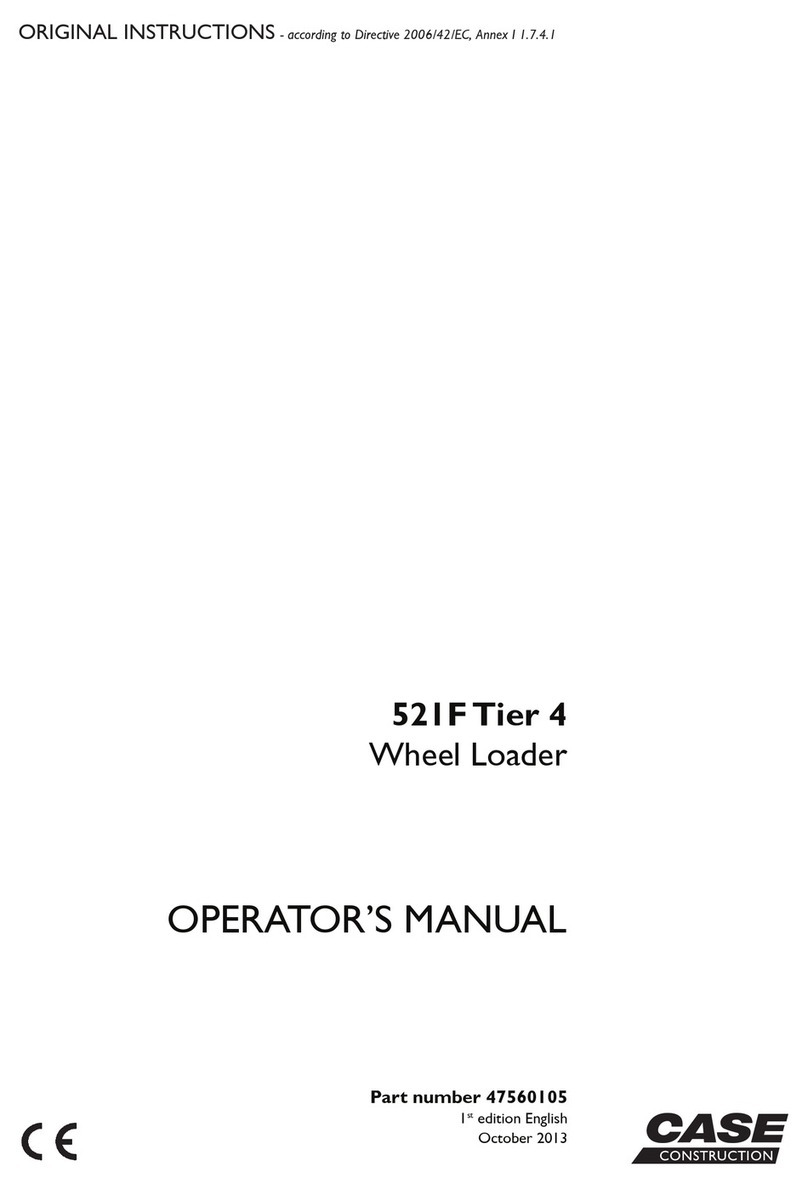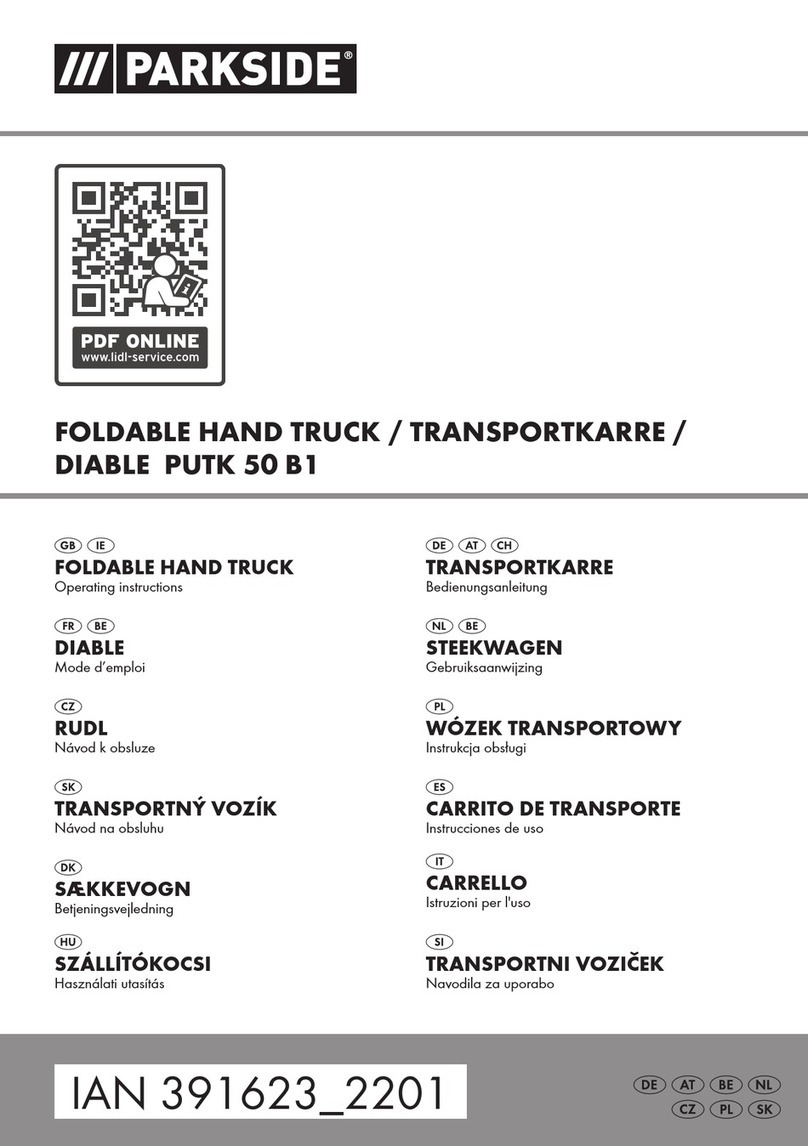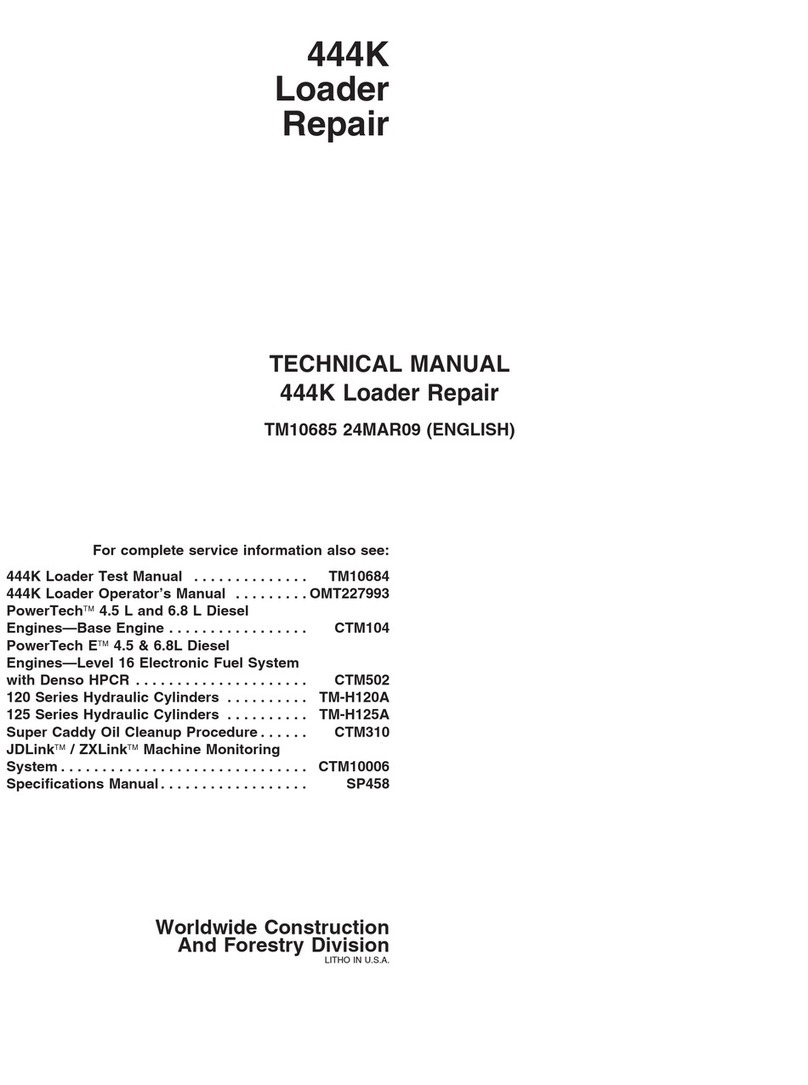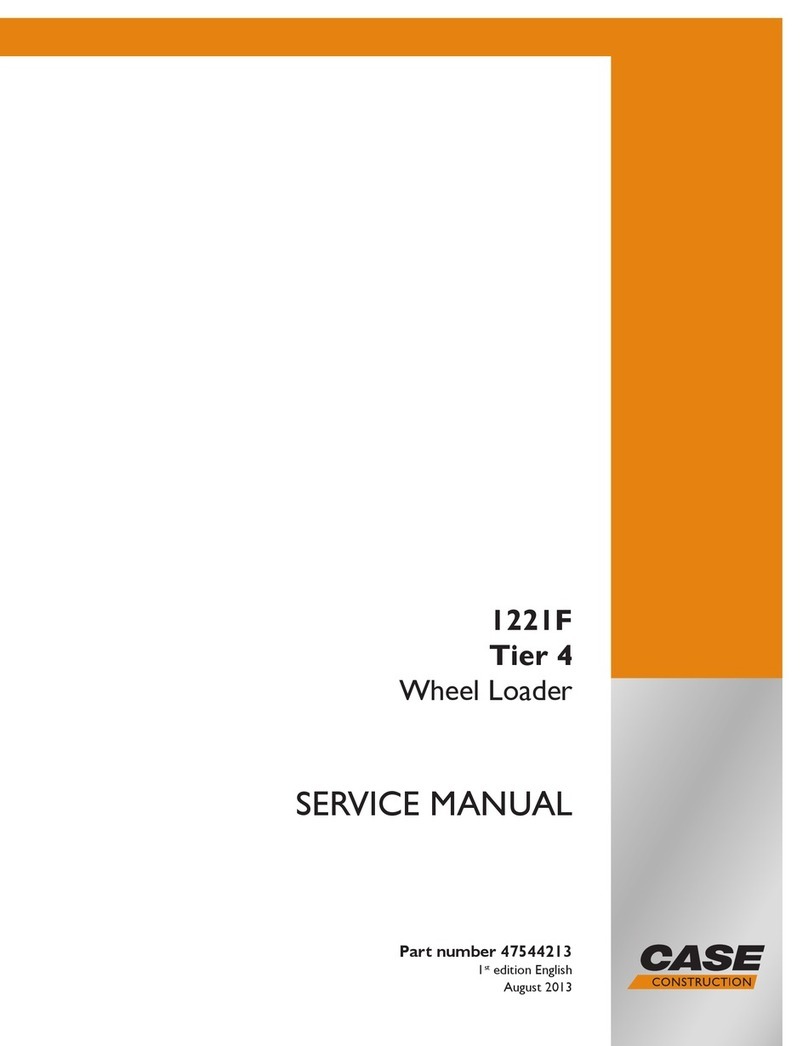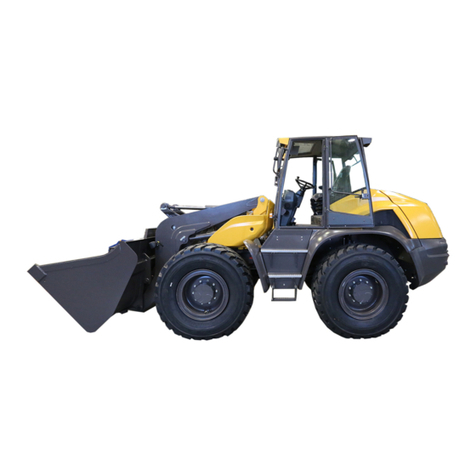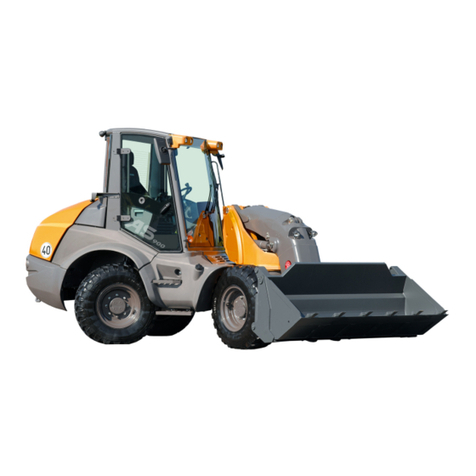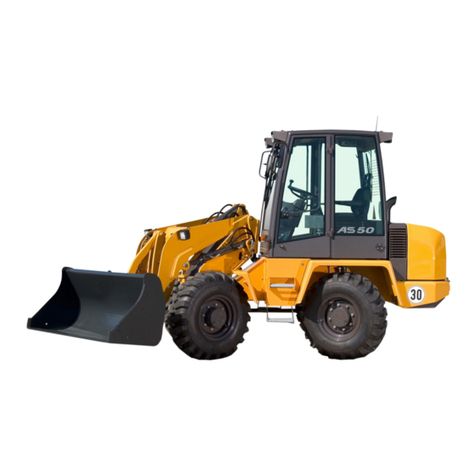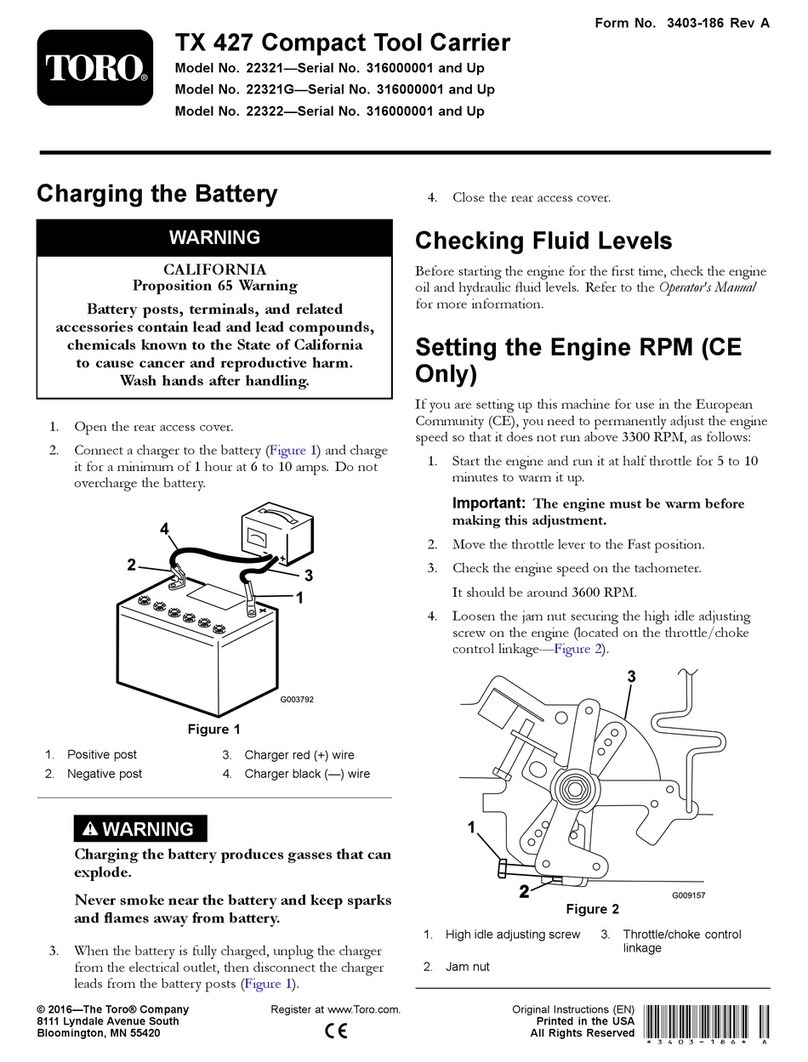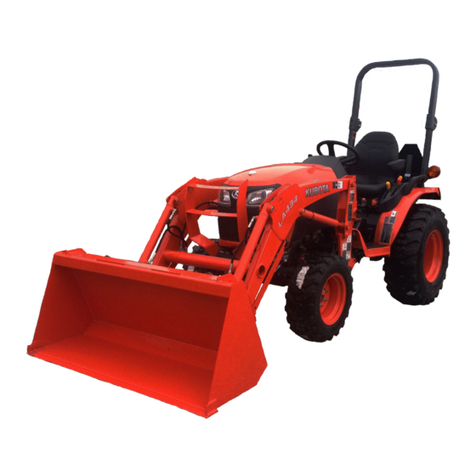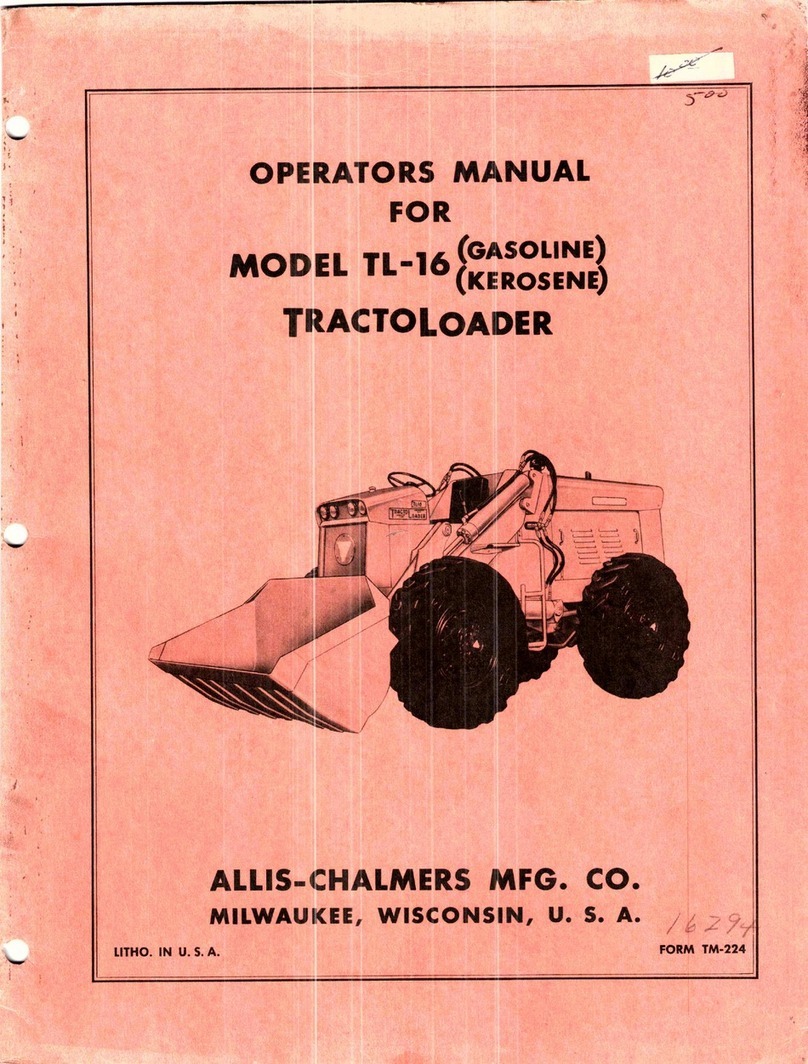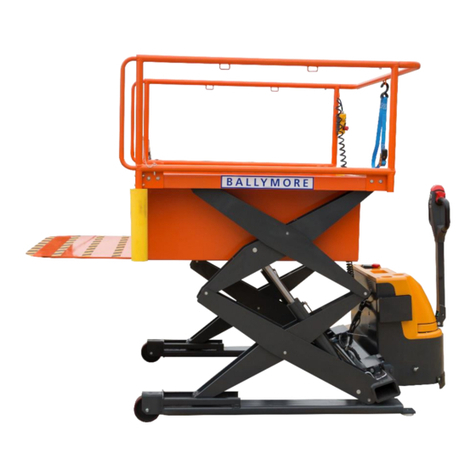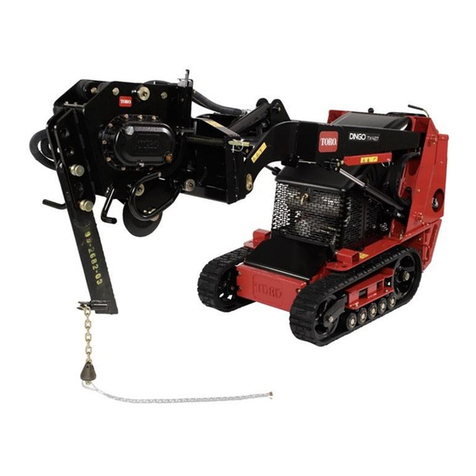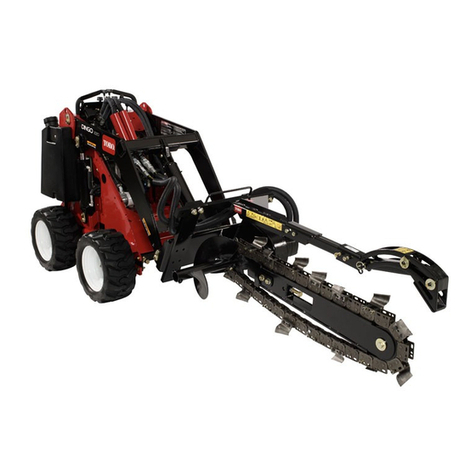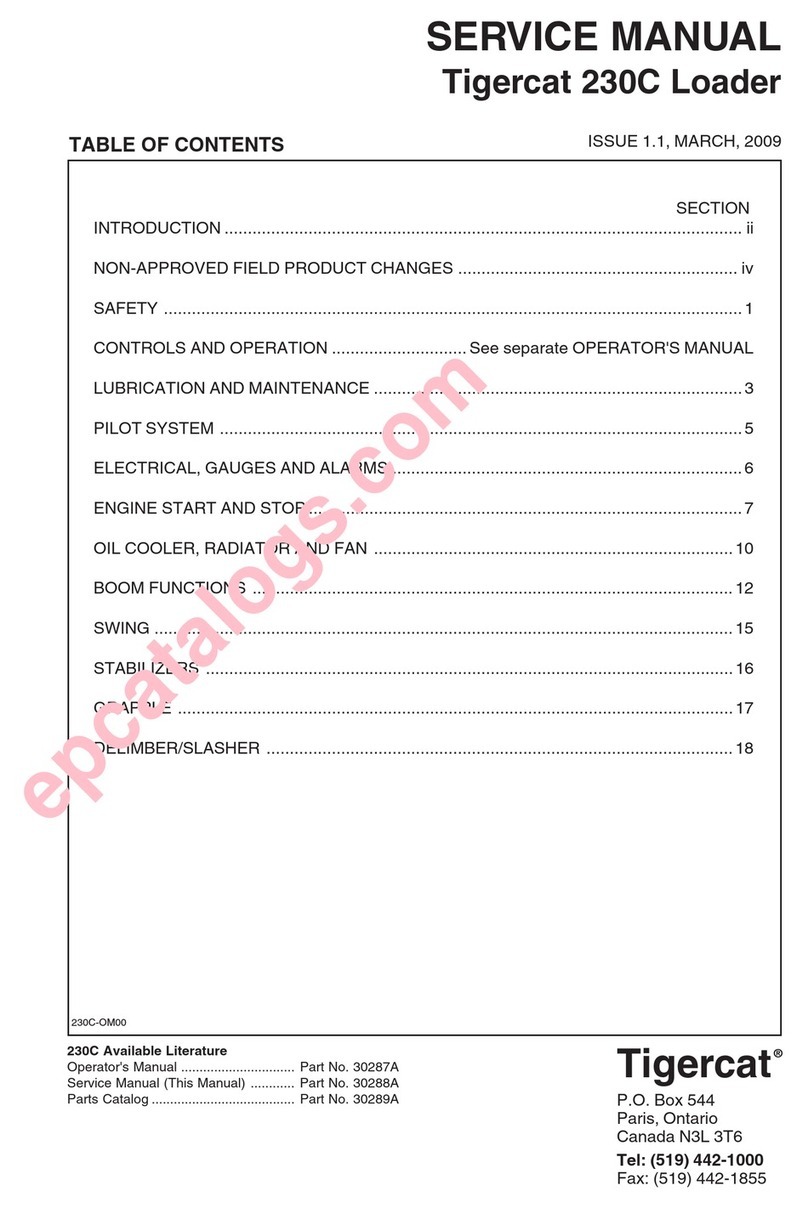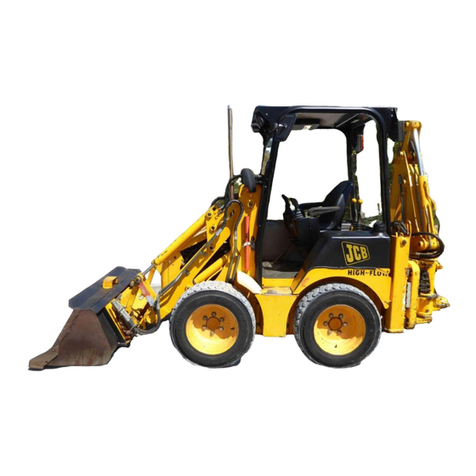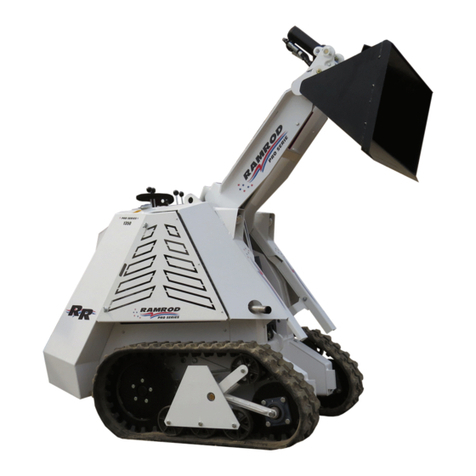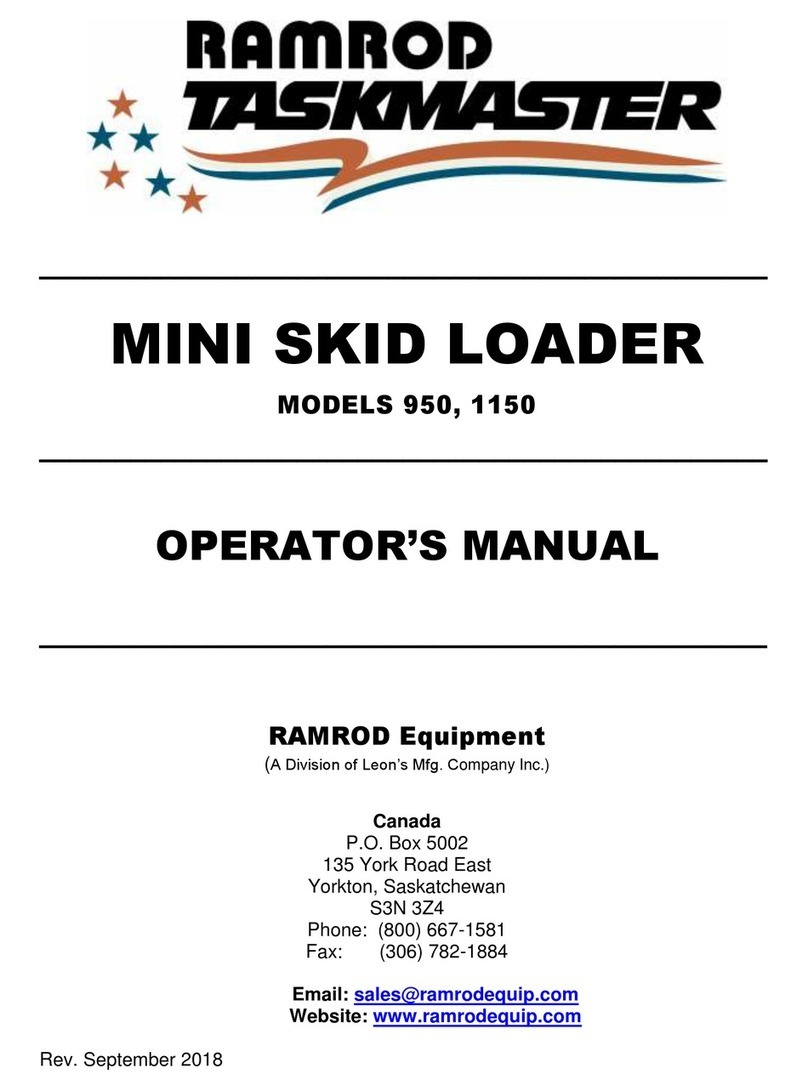
S050/S051/Z050IV
Table of contents
6Attachments
6.1 Mounting and dismounting attachments without hydraulic connections ................................... 6-2
6.1.1 Standard/lightweight bucket ..................................................................................................... 6-2
6.1.2 Fork-lift attachment .................................................................................................................. 6-3
6.1.3 Lifting hook .............................................................................................................................. 6-4
6.2 Mounting and dismounting attachments with a hydraulic connection ....................................... 6-4
6.2.1 Multi-purpose bucket ............................................................................................................... 6-4
6.3 Using other attachments .......................................................................................................... 6-6
7Rescue, towing, lashing, lifting by crane
7.1 Rescue, towing, lashing ........................................................................................................... 7-2
7.1.1 Rescuing/towing of the loader if the engine or drive has failed .................................................. 7-2
7.1.1.1 Towing the swivel loader when the engine has failed ................................................................ 7-2
7.1.1.2 Towing the swing shovel loader when the drive has failed ........................................................ 7-4
7.2 Lifting by crane ........................................................................................................................ 7-5
8Maintenance
8Maintenance plan .................................................................................................................... 8-1
8.1 Maintenance notes .................................................................................................................. 8-3
8.2 Maintenance work .................................................................................................................... 8-4
8.2.1 Checking the engine oil level ................................................................................................... 8-4
8.2.2 Checking the oil level in the axles ............................................................................................ 8-4
8.2.2.1 Rear axle ................................................................................................................................. 8-4
8.2.2.2 Planetetary gear ...................................................................................................................... 8-4
8.2.2.3 Front axle ................................................................................................................................ 8-4
8.2.3 Changing the oil in the distribution gear ................................................................................... 8-5
8.2.4 Checking the oil level in the hydraulic oil reservoir ................................................................... 8-5
8.2.5 Changing the engine oil............................................................................................................ 8-5
8.2.6 Changing the oil in the axles ................................................................................................... 8-6
8.2.6.1 Rear axle ................................................................................................................................. 8-6
8.2.6.2 Planetary gear ......................................................................................................................... 8-7
8.2.6.3 Front axle ................................................................................................................................ 8-7
8.2.7 Changing the oil in the hydraulic system ................................................................................. 8-8
8.2.8 Changing the backflow suction filter insert/suction strainer ...................................................... 8-9
8.2.9 Maintaining/replacing the air filter............................................................................................. 8-9
8.2.10 Changing the safety cartridge .................................................................................................. 8-10
8.2.11 Replacing the fuel filter ............................................................................................................ 8-11
8.2.12 Exchanging the starter battery................................................................................................. 8-11
8.2.13 Maintaining/replacing the fresh air filter .................................................................................... 8-11
8.2.14 Checking/adjusting the parking brake ...................................................................................... 8-12
8.2.15 Checking/adjusting the service brake ....................................................................................... 8-13
8.3 Lubrication points .................................................................................................................... 8-13
8.3.1 Rear axle pivot bolt .................................................................................................................. 8-13
8.3.2 Rear axle ................................................................................................................................. 8-14
8.3.3 Front axle ................................................................................................................................ 8-14
8.3.4 Bucket motor ........................................................................................................................... 8-14
8.3.5 Ball rotary connection .............................................................................................................. 8-15
8.3.6 Driver cabin door ...................................................................................................................... 8-15
8.3.7 Engine hood ............................................................................................................................ 8-15
8.3.8 Multi-purpose bucket ............................................................................................................... 8-16
9Malfunctions, causes and remedies
10 Diagrams
10.1 Wiring diagram ...................................................................................................................... 10 -1
10.2 Hydraulic circuit diagram ....................................................................................................... 10 -4
